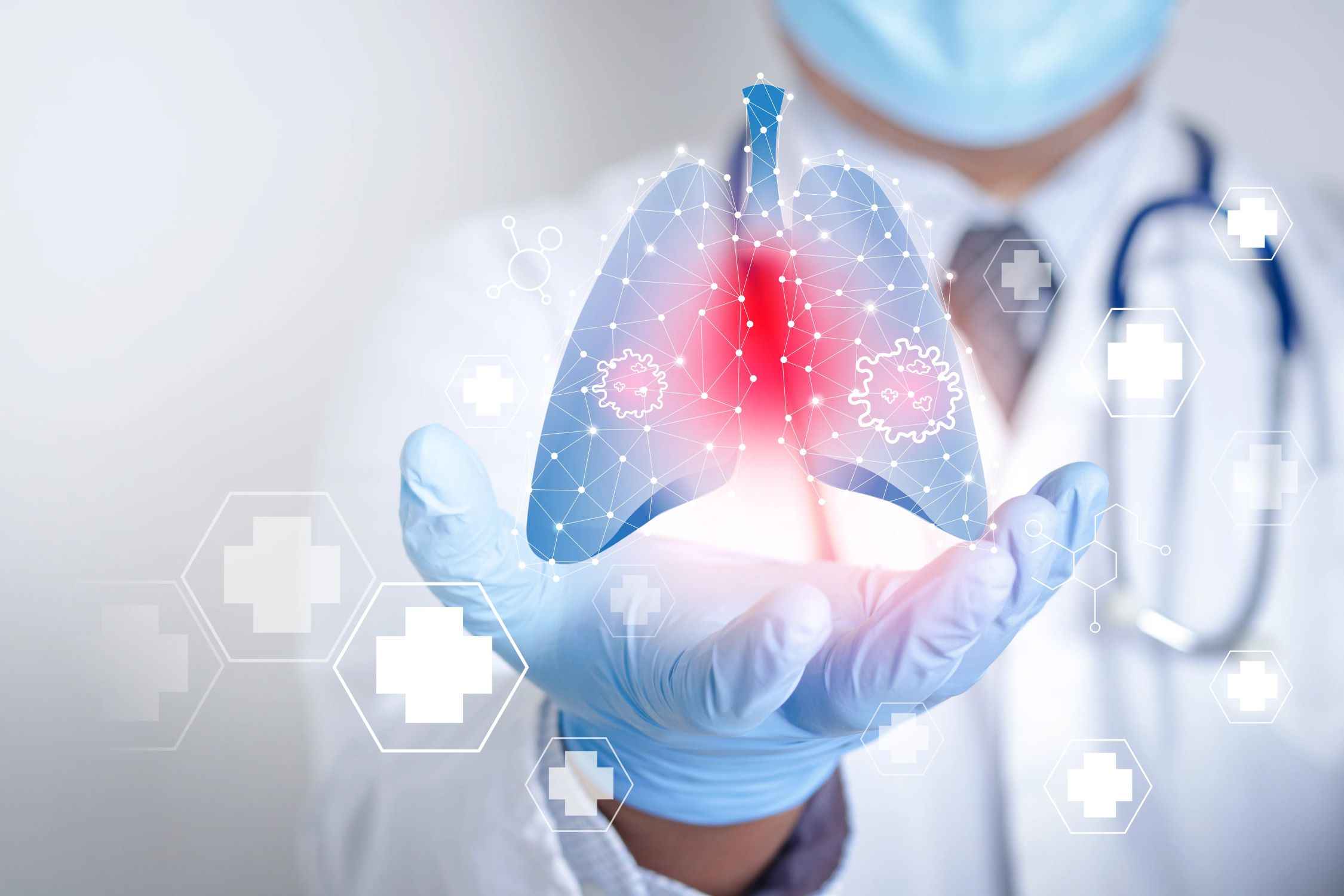
Bronchoscopy
Bronchoscopy is a diagnostic and therapeutic procedure used to examine the airways (bronchi) and lungs using a flexible bronchoscope. At SHIFAA PAN African Hospitals, our Pulmonology and Thoracic Surgery teams collaborate to perform bronchoscopies with advanced equipment and techniques, ensuring accurate diagnoses and targeted treatments for various respiratory conditions.
Overview of Bronchoscopy:
Purposes and Indications:
- Diagnostic Bronchoscopy: Helps visualize airway abnormalities, obtain tissue samples (biopsies), collect fluid for analysis, remove foreign objects, and assess lung conditions such as tumors, infections, and inflammation.
- Therapeutic Bronchoscopy: Involves interventions such as airway stenting, tumor debulking, laser therapy, brachytherapy, cryotherapy, and placement of bronchial valves for lung volume reduction in conditions like COPD.
Types of Bronchoscopes:
- Flexible Bronchoscopy: Uses a thin, flexible scope with a camera and tools inserted through the nose or mouth, allowing visualization and procedures in the upper and lower airways.
- Rigid Bronchoscopy: Involves a larger, rigid scope often used for therapeutic interventions and accessing deeper airway structures.
Procedure Overview:
Preparation:
- Patients receive pre-procedure instructions, which may include fasting for several hours before the procedure, discussing medications with their healthcare team, and arranging transportation for after the procedure.
- Anesthesia options (local, conscious sedation, general anesthesia) are discussed based on the procedure’s complexity and patient’s medical condition.
Bronchoscopy Procedure Steps:
- Anesthesia Administration: Anesthesia is administered to ensure patient comfort and safety during the procedure.
- Scope Insertion: The bronchoscope is inserted through the nose or mouth and guided into the airways, allowing visualization of the trachea, bronchi, and lung segments.
- Airway Examination: The physician examines the airways for abnormalities, takes biopsies or brushings for pathology testing, performs lavage (washing) for fluid analysis, and removes mucus or foreign objects if necessary.
- Therapeutic Interventions: If therapeutic procedures are planned, such as stent placement or tumor treatment, specialized tools are used through the bronchoscope under real-time imaging guidance.
- Post-procedure Monitoring: After the procedure, patients are monitored for recovery from anesthesia and any immediate complications. Post-procedure care instructions are provided, including activity restrictions and medication guidance.
Key Points on Bronchoscopy:
- Safety and Complications: Bronchoscopy is generally safe, but potential risks include bleeding, infection, airway irritation, breathing difficulties, and rare complications related to anesthesia. Our experienced teams prioritize patient safety and monitor closely during and after the procedure.
- Diagnostic Yield: Bronchoscopy allows direct visualization of the airways and precise sampling of tissues and fluids, leading to accurate diagnoses of lung diseases, infections, tumors, and inflammatory conditions.
- Therapeutic Benefits: Beyond diagnosis, bronchoscopy enables targeted treatments and interventions to improve airway patency, relieve symptoms, and manage complications in various respiratory disorders.
- Patient Experience: Patient comfort, informed consent, clear communication, and post-procedure follow-up are integral parts of our bronchoscopy services, ensuring a positive experience and optimal outcomes for our patients.
Post-procedure Care and Follow-up:
- Recovery and Monitoring: Patients are monitored for immediate post-procedure recovery, vital signs, and any signs of complications. Recovery areas are equipped for post-anesthesia care and observation.
- Results and Treatment Plans: Pathology results from tissue samples guide treatment planning, including medication adjustments, targeted therapies, surgical interventions, or further diagnostic steps as needed.
- Follow-up Visits: Scheduled follow-up appointments allow for assessment of treatment responses, monitoring of airway conditions, bronchoscopy site healing, and ongoing management of respiratory health.
What is Bronchoscopy used for?
Bronchoscopy is used for visualizing airway abnormalities, obtaining tissue samples (biopsies), collecting fluid for analysis, removing foreign objects, and performing therapeutic interventions in the lungs and airways.
What are the types of Bronchoscopes used in the procedure?
Flexible bronchoscopy utilizes a thin, flexible scope for visualization and procedures, while rigid bronchoscopy involves a larger, rigid scope suitable for therapeutic interventions and deeper airway access.
How is Bronchoscopy performed, and what anesthesia options are available?
Bronchoscopy involves scope insertion through the nose or mouth, guided into the airways for examination or interventions. Anesthesia options include local anesthesia, conscious sedation, or general anesthesia based on the procedure’s complexity and patient’s needs.
What are the potential risks or complications of Bronchoscopy?
Risks include bleeding, infection, airway irritation, breathing difficulties, and rare complications related to anesthesia. Our teams prioritize safety measures and closely monitor patients during and after the procedure.
What happens after a Bronchoscopy procedure?
After the procedure, patients are monitored for recovery from anesthesia, provided post-procedure care instructions, and scheduled for follow-up appointments to review results, discuss treatment plans, and monitor recovery progress.
How does Bronchoscopy aid in diagnosis and treatment of lung conditions?
Bronchoscopy allows direct visualization of the airways, sampling of tissues/fluids for diagnosis, and performing therapeutic interventions such as tumor removal, airway stenting, and lung volume reduction, contributing to accurate diagnoses and targeted treatments for lung diseases.
Pulmonology Procedures
- Arterial Blood Gas (ABG) Testing
- Biopsy (Transbronchial, Thoracoscopic)
- Bronchoscopy
- Chest Tube Insertion
- Continuous Positive Airway Pressure (CPAP) Therapy
- Lobectomy
- Lung Transplantation
- Lung Volume Reduction Surgery
- Mechanical Ventilation
- Non-Invasive Ventilation (NIV)
- Oxygen Therapy
- Pleurodesis
- Pulmonary Function Tests (PFTs)
- Pulmonary Rehabilitation
- Thoracentesis
- Tracheostomy




